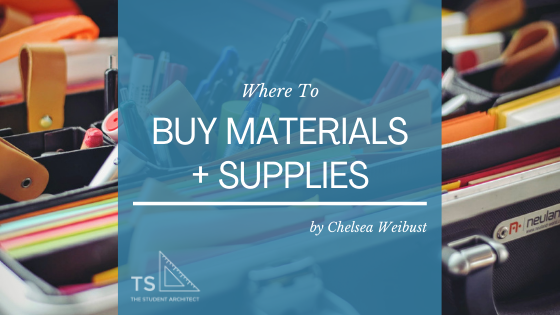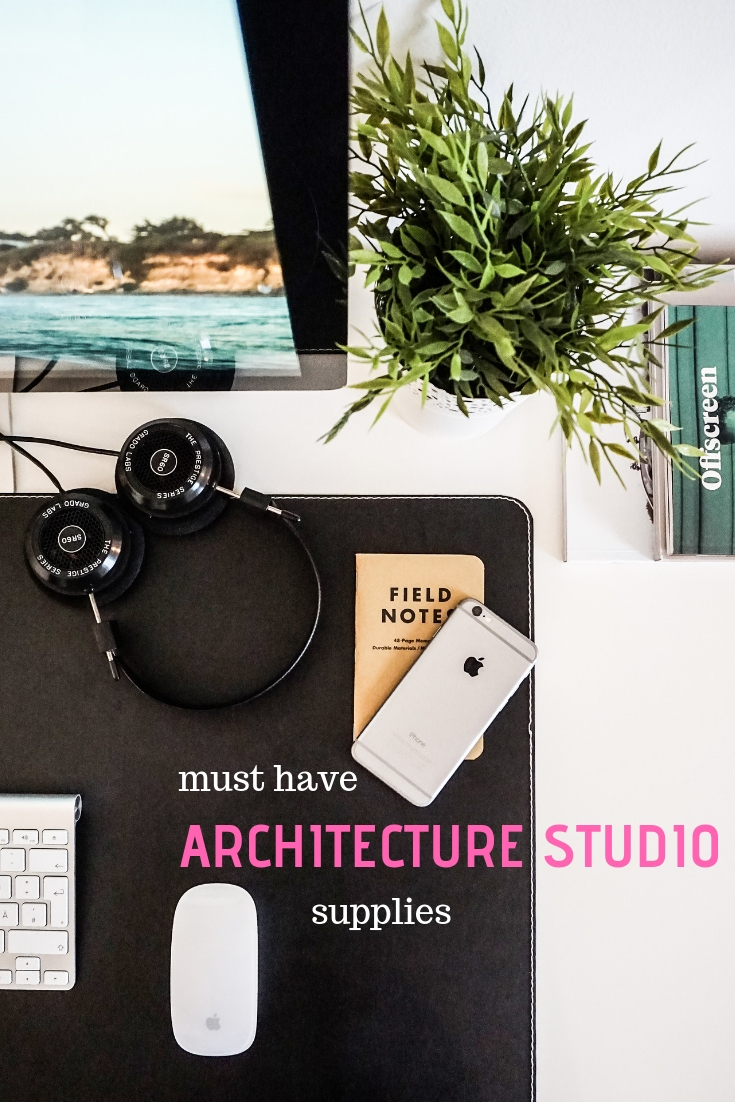If you study architecture, all-nighters are basically inevitable. People define the all-nighter in different ways but essentially, you stay awake for an extended period of time without sleep so you can finish your work.
All-nighters usually happen more frequently in your earlier years of school because you haven't yet developed your routines and working habits. While I don't advise you to do all-nighters, I know that you will anyway, so here are my tips to help you do them more successfully!































































